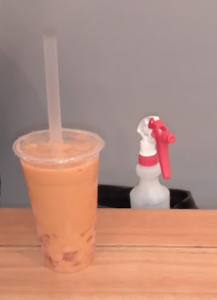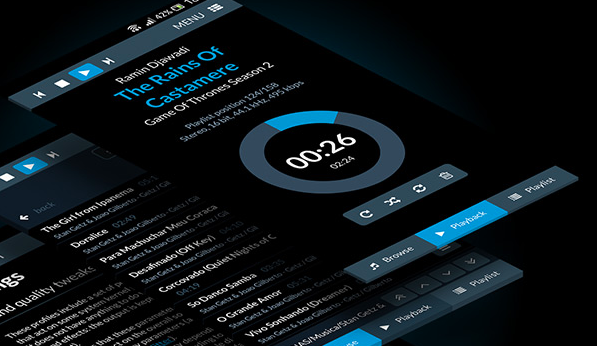
I remember a conversation I had with my late father – he was the head of the local PTA at my primary school. I think I was about twenty years old when we had this chat. In short, someone from the government education department came to talk to the PTA about the importance of the arts and creativity.
They did the following exercise. They got the group of adults, and sat them down, and asked them to draw something, the results were interesting. Most of the work didn’t look that advanced; there were no great artists.
What they did discover is that most people don’t draw much after about the age of twelve or thirteen years (this includes the humble author) this fact was reflected in their art.
For a number of years now, during the month of October I’ve been plonking away, taking part in the “Inktober” phenomenon. Which is basically the challenge of creating a drawing a day for a month. I’m not good at drawing but it is an amazing process.
The Australian artist Brett Whiteley, once recommended (and I’m badly paraphrasing here) that a student get a large roll of brown paper and sketch every day for a couple of hours for at least six months. At that point apparently a degree of fluidity, a natural and unique style starts to evolve.
It’s a thought that sticks in the back of my brain for some reason.
All this computation we indulge in is amazing, but an inadvertent side effect of all this technology has been the proliferation and cause of a monolithic amount of very bad typography.
Do you know what well presented text looks like? Text that has readable line lengths, no widows or orphan paragraphs? Kerning? You probably don’t because the quality of typography (Good typography) is obliterated via our screens and formatts and the need for text that can be reflowed via anything from an apple watch to a 36 inch monitor.
The subtle knowledge that goes into layout and how the text of a book should look, the structure (that involves a table of contents, an introduction, an index, page notes, quotes etc) took about four hundred years to evolve. We are losing this.
It’s interesting, in that Visual Literacy is not something that people talk about. But the ability to understand and communicate, to stimulate visual interaction, is an important skill. I think what I’m trying to say is that there is now this sort of creative blind spot in the human psyche.
People don’t value the visual because you can go up to a chain store, buy a premade look. It’s presented as “Hip” or “Cool”. We are losing something and it’s got to do with algorithms, and a disconnect from the physical.
I’ve been picking away at this blog article for a few days now and it’s admittedly a bit rambling a bit all over the place. But I’ll try and tie it all together with this.
During the pandemic and lock down, like so many people I indulged in binge watching of various movies, shows etc. One of those shows was “Survivor”. What I found interesting was that more often than not the people who made it to the end, and won the show nearly always had a creative project. Whether it was carving a stick with pictograms, or making and playing a drum. To help them physicaly survive, creativity and its expression was something sustaining.
There was a Jazz band called “The Modern Jazz Quartet ” I’ve been listening (ironically) to their last concert album for a number of decades now. All of the members of that band have now passed over the rainbow bridge (To use a cat / pet lovers term) but whenever I listen to that beautifully crafted music, I pretty much always experience a positive happy energy ( a natural dopamine / serotonin hit). Their music makes me happy. I think that this is an incredible gift from beyond the grave for these amazing musicians to have passed on.
My advice for the day is get up and draw something. Build something. Play some music or write a poem. Paint a picture. It might just be good for you. Maybe you can reflect on the degree of visual literacy, creativity that exists in your life?
